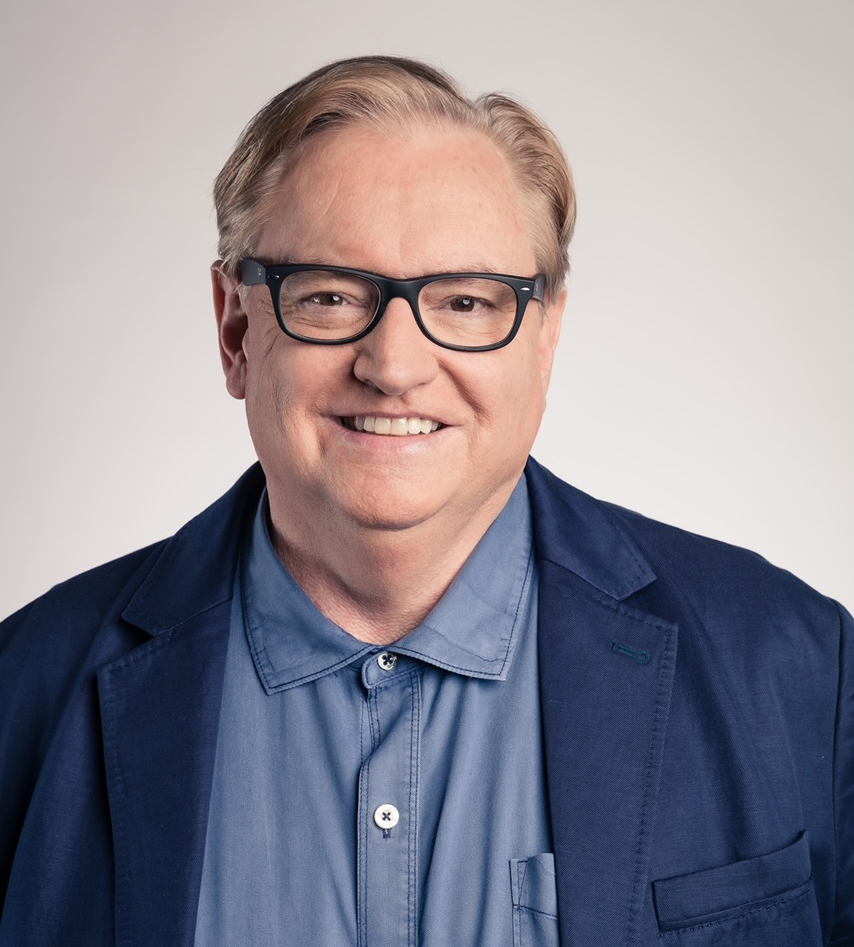CMG’s Pruett: Station Business Must Innovate
Owner Apollo willing to invest in streaming to achieve growth
Steve Pruett, chairman of Cox Media Group (CMG), thinks the local broadcast business still has some life in it, with potential to do much more.

The core of what stations do hasn’t changed much for 70 years, said Pruett, a former Sinclair Broadcast Group executive who advised Apollo Global Management before it bought the Cox stations for about $3 billion in 2019.
“I take great exception with people who think our business is declining,” he said. “It’s only declining because we failed to find new ways to do things.”
The pandemic has dampened merger and acquisition activity, slowing Apollo’s drive to scale up by buying more stations. But Apollo is encouraging CMG to invest in innovations that produce profitable revenue.
“The great thing about Apollo is they don't shy away from investing in something if you show them it's accretive,” Pruett said. “They want accretive growth. They want to know, what are the parts of the model we need to invest in and what are the parts of the model we need to make more efficient?”
Most of those innovations Cox Media Group is exploring move the traditional broadcast business deeper into digital media. While Sinclair has built a centralized streaming platform for its stations, called Stirr, Cox Media Group has focused on making stations accessible individually, particularly over via smart TVs and connected devices.
The results have been robust, according to Pruett. “At any given time, 10% of our audience is probably streaming, and it’s growing as a percentage,” he said.
The smarter way to stay on top of broadcasting and cable industry. Sign up below
“It’s important for us to make ourselves available to our viewers who want to view in other ways,” he said, noting that for the Cox Media Group stations, streaming views and video starts spiked as the election neared.
The viewers who came in via digital media were younger than traditional local TV viewers, and in many cases were not existing TV viewers.
Luring Nontraditional Viewers

“In Atlanta, where CMG owns WSB-TV, we’re seeing about 20% to 25% of those viewers don’t view any television stations there,” Pruett said. “We are capturing viewers that are not using linear television the traditional way.”
At some point, CMG might create a consolidated streaming platform for its stations, he said. “TV broadcasters should be really understanding these platforms and optimizing those platforms,” he said.
CMG is able to monetize those viewers, making streaming profitable. But it could be doing better, Pruett said. CMG is also looking to transform its advertising business.
“We have a very archaic way of selling. Should we have more automation in the way we prospect for new business? Do our sellers need more technologically advanced ways to mangage their time? The answer for all of this is yes,” he said.
A problem for the local station business is it has yet to come up with a standardized, automated way to connect with agency media buyers.
“Broadcasters have this fear of programmatic driving down the rates,” Pruett said. “Don’t call it programmatic. Call it automated buying. It’s very close, but it’s not there because there’s no agreement for how to get it there among broadcasters. It’s got to get there.”
Beyond advertising, Pruett talks about maximizing the value of what stations put on the air. A key to doing that is turning the station’s viewers into users through ecommerce. CMG stations work with the TV shopping service Knocking to put a local version of a show called Steals and Deals on the air that lets viewers buy items being shown in the studio.
“We’re making a lot of money with it,” Pruett said. “Meredith is on board. A couple of other broadcasters are testing it. It’s working for us.”
That’s one example of how what’s good for CMG’s stations can be good for broadcasting overall. Pruett said he’s interested in ways broadcasters can get together legally to set standards and share best practices without colluding or being anti-competitive.
Building Scale Together
“Stations ought to be able figure out a way to aggregate their viewers so they compete on a national scale,” he said.
Station groups might be able to work together on programming. They could provide news nationally, covering events in the straightforward way local newscasts report on local happenings. Pruett notes that during the pandemic stations in Georgia all got together to carry the COVID press conferences. “That commitment to community service makes local broadcast unique among media outlets.”
Nexstar Media Group is doing something like that with its three-hour News Nation newscast, featuring reporting from its stations and airing on its cable channel WGN America. “It’s not easy,” Pruett offered. “And I think they’re doing it well.”
Working together, station groups could compete with conglomerates like Comcast and Disney, he said. They could do that by banding together to create content that would be unique to local television, either by making it themselves or hiring a studio to produce it.
This is particularly important at a time when the big media companies are focused on streaming, potentially reducing the resources going to the traditional linear broadcast networks that affiliates depend on.
“I think local broadcasters have spent too much time not thinking big enough,” Pruett said. “If the day comes when we all have to go on without networks, why wouldn’t we just create our own networks amongst ourselves? We’re all big, powerful companies.” λ
Jon has been business editor of Broadcasting+Cable since 2010. He focuses on revenue-generating activities, including advertising and distribution, as well as executive intrigue and merger and acquisition activity. Just about any story is fair game, if a dollar sign can make its way into the article. Before B+C, Jon covered the industry for TVWeek, Cable World, Electronic Media, Advertising Age and The New York Post. A native New Yorker, Jon is hiding in plain sight in the suburbs of Chicago.

